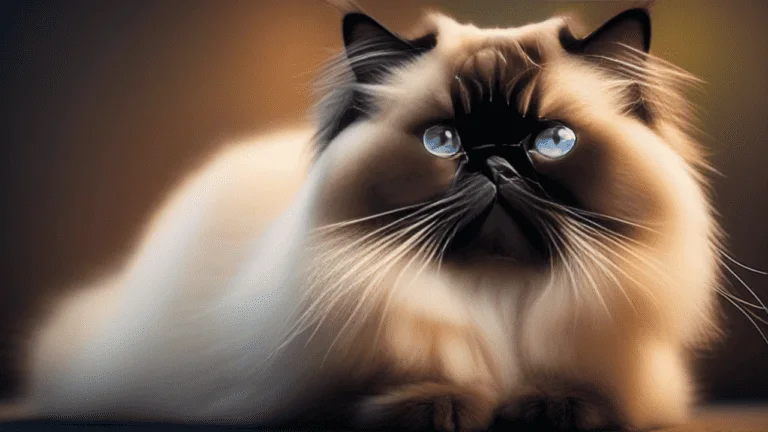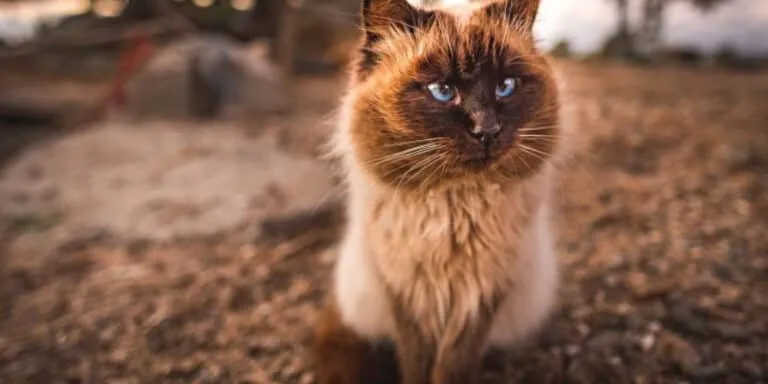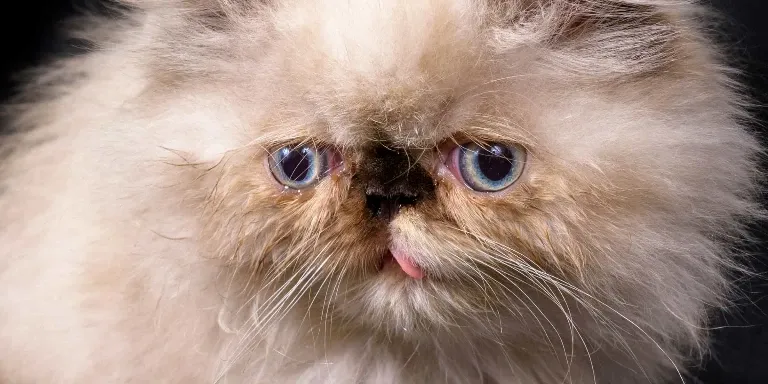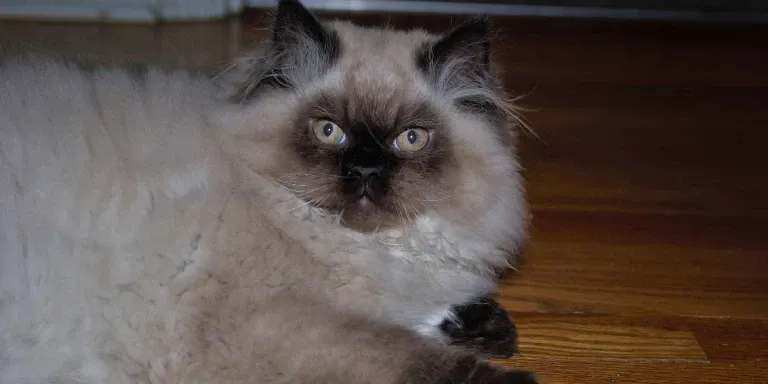The Best Fluffy Pancakes recipe you will fall in love with. Full of tips and tricks to help you make the best pancakes.
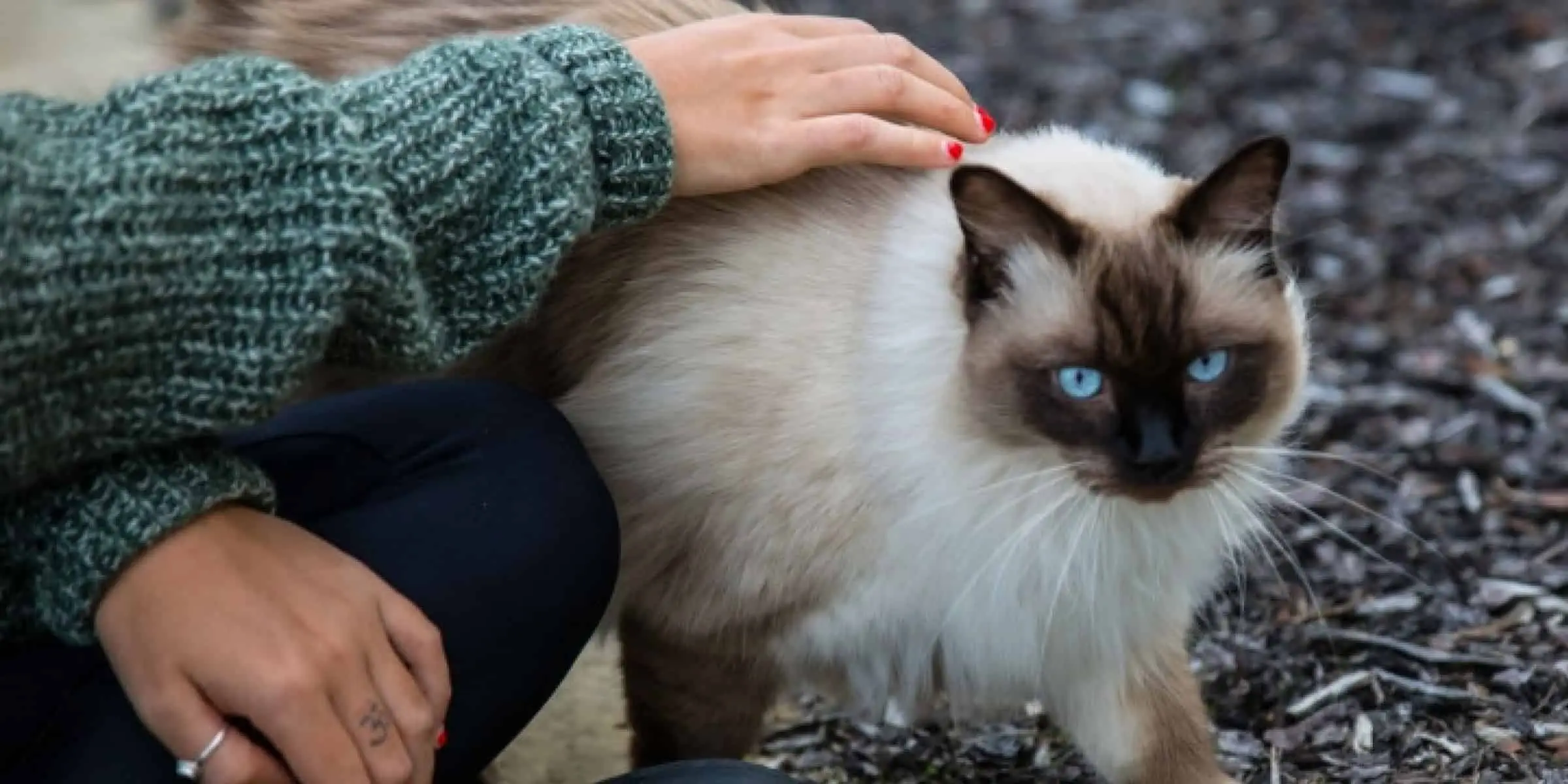
If you’re considering adding a Himalayan cat to your family, you may be wondering if they’re difficult to take care of. While all cats require some level of care and attention, Himalayans have some unique characteristics that may require a bit more effort on your part. However, with proper care and attention, these beautiful cats can make wonderful pets.
Himalayan cats require regular grooming due to their long, thick fur and can be prone to health issues such as breathing difficulties and eye problems. While they do require some extra care, with proper grooming and regular veterinary check-ups, Himalayan cats can make loving and rewarding pets.
First, it’s important to understand the physical characteristics of Himalayan cats. With their long, thick coats and flat faces, they require regular grooming to keep them clean and healthy. Additionally, they may be prone to certain health issues that require extra attention from their owners.
But don’t worry – with a little bit of knowledge and effort, you can provide your Himalayan with the care they need to thrive.
Physical Characteristics of Himalayan Cats
You’ll love how cuddly Himalayan cats are, with their fluffy coats and big blue eyes! These cats are a breed of domestic cats that were bred to have a similar physical appearance to the Persian cat, but with a Siamese-like color point.
They have a stocky build, short legs, and a round face with a short nose. Their coat is long, silky, and comes in a variety of colors, including chocolate, blue, lilac, and cream.
Himalayan cats have a fascinating breed history. They were first developed in the 1930s when breeders in the United States and England began crossing Siamese cats with Persian cats. The goal was to create a cat with the beautiful coat of the Persian cat, but with the distinctive color points of the Siamese cat.
The breed was officially recognized in the 1950s and has since become a popular choice for cat lovers who want a friendly, affectionate pet with a unique appearance. With their distinctive look and charming personality, Himalayan cats are sure to capture your heart!
Grooming Needs
Maintaining their luxurious coat may require a significant time commitment, with some owners spending up to 30 minutes a day on grooming. Himalayan cats have long, thick fur that is prone to matting. Brushing frequency is an important factor in keeping their coat healthy and free of tangles.
It’s recommended to brush them at least once a day, using a metal comb or slicker brush to remove loose hair and prevent matting. Shedding management is another important aspect of caring for a Himalayan cat. Regular brushing can help reduce the amount of hair that they shed.
It’s also recommended to give them a bath every few months to further reduce shedding. If you find that your Himalayan cat is shedding excessively, it may be a sign of an underlying health issue, so it’s important to consult with your veterinarian. With proper grooming and shedding management, taking care of a Himalayan cat can be a rewarding experience.
Health Concerns
It’s important to be aware of potential health concerns when owning a Himalayan cat. While they are generally healthy, like all breeds, they can be prone to certain illnesses.
One common issue is respiratory problems due to their flat faces. This can lead to difficulty breathing, snoring, and even sleep apnea. It’s important to keep their nasal passages clear and to monitor their breathing.
Another health concern for Himalayan cats is polycystic kidney disease (PKD). This is an inherited disease that causes cysts to form on the kidneys, leading to kidney failure. It’s important to have your Himalayan cat tested for PKD before breeding or adopting.
Other common illnesses in this breed include dental problems and eye issues, such as tear duct blockages and corneal ulcers. Regular veterinary care can help catch and treat these issues before they become serious.
Diet and Nutrition
Eating a balanced diet and providing proper nutrition is crucial for keeping your furry friend healthy and happy. Himalayan cats have unique feeding habits, and their nutritional requirements differ from those of other cat breeds.
To maintain their overall health, it’s necessary to feed them a well-balanced diet that meets their specific nutritional needs. Himalayan cats are prone to obesity, so it’s essential to monitor their food intake closely. Overfeeding can lead to various health issues, such as diabetes, joint problems, and heart disease.
It’s recommended to feed your Himalayan cat a high-quality, protein-rich diet that’s low in carbohydrates. Additionally, it’s crucial to provide clean and fresh water at all times to prevent dehydration.
By following these dietary guidelines, you can ensure that your Himalayan cat stays healthy and happy for years to come.
Exercise and Playtime
Get ready to have fun with your furry friend by incorporating regular exercise and playtime into your daily routine! Himalayan cats may have a reputation for being lazy, but they still need stimulation and physical activity to maintain their health and happiness.
Here are some indoor activities and interactive toys that will keep your Himalayan cat entertained and engaged:
- Puzzle feeders: These toys require your cat to work for their food, stimulating their natural hunting instincts and keeping them mentally sharp.
- Laser pointers: Himalayan cats love to chase and pounce, and a laser pointer is a great way to get them moving and burning off energy.
- Cat trees: These structures provide your cat with a place to climb, scratch, and play, while also giving them a perch to observe their surroundings.
By providing your Himalayan cat with plenty of opportunities for exercise and play, you’ll not only keep them physically healthy, but also mentally stimulated and happy. So, get ready to have some fun with your furry friend!
Temperament
With their soft purring and gentle demeanor, you’ll quickly fall in love with the affectionate temperament of a Himalayan cat. These felines are known for their calm and loving nature, making them great companions for families and individuals alike. They are not high-strung or overly active, preferring instead to cuddle up with their owners and bask in the warmth of their affection.
Himalayan cats have a few personality traits that you should be aware of before bringing one home. They can be sensitive to loud noises and sudden movements, so it’s best to introduce them to new environments gradually. Additionally, they may be prone to separation anxiety if left alone for extended periods, so it’s important to provide them with plenty of attention and love.
Training a Himalayan cat is relatively easy, as they’re intelligent and eager to please. Positive reinforcement and consistency are key, so be sure to reward good behavior with treats and praise.
With a little patience and love, your Himalayan cat will quickly become a treasured member of your family.
Cost of Ownership
Owning a Himalayan can be expensive, so you’ll need to budget carefully to ensure you can cover the cost of their upkeep. Here are some budgeting considerations and financial responsibilities that come with owning a Himalayan:
- Food: Himalayans have a reputation for being picky eaters, which can make finding the right food a challenge. You may need to experiment with different brands and types of food to find what works best for your cat. Expect to spend around $20-30 per month on food.
- Grooming: Himalayans have long, thick fur that requires regular grooming to prevent matting and tangles. You’ll need to brush your cat at least once a week and take them to the groomer every few months for a trim. Grooming costs can vary widely depending on where you live, but expect to spend at least $50-100 per grooming session.
- Medical care: Like all cats, Himalayans need regular veterinary check-ups, vaccinations, and preventative care. Be prepared to spend several hundred dollars a year on medical expenses, and more if your cat has health issues.
While owning a Himalayan can be expensive, the rewards of having such a beautiful and loving companion can be well worth the cost. Just be sure to budget carefully and plan for the financial responsibilities that come with cat ownership.
Do Himalayan Cats Require Special Care for Allergies?
Himalayan cats are not hypoallergenic, so they may trigger allergies in some individuals. Regular grooming to reduce shedding can help minimize allergic reactions. Additionally, keeping the home clean and using an air purifier can make living with Himalayan cats more comfortable for allergy sufferers.
Conclusion
Congratulations, you’ve made it to the end of this article about Himalayan cats! So, are they hard to take care of? Well, the answer isn’t so simple.
While Himalayans certainly have unique physical characteristics that require regular grooming, they can make wonderful pets for the right owner.
One theory about Himalayan cats is that they’re more prone to health issues than other breeds. While this is technically true, it’s important to note that all cats can develop health problems regardless of their breed.
By providing your Himalayan with proper nutrition, regular exercise, and routine vet check-ups, you can help minimize the risk of serious health issues.
Ultimately, whether or not a Himalayan cat is hard to take care of depends on your individual lifestyle and willingness to meet their needs.

